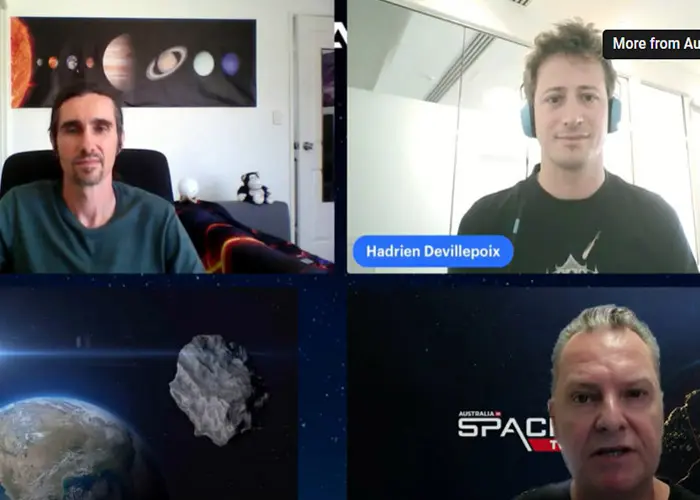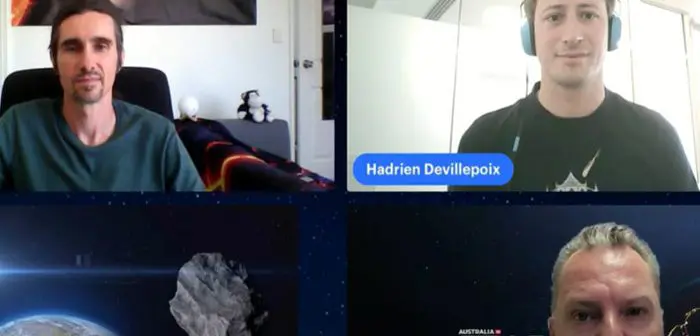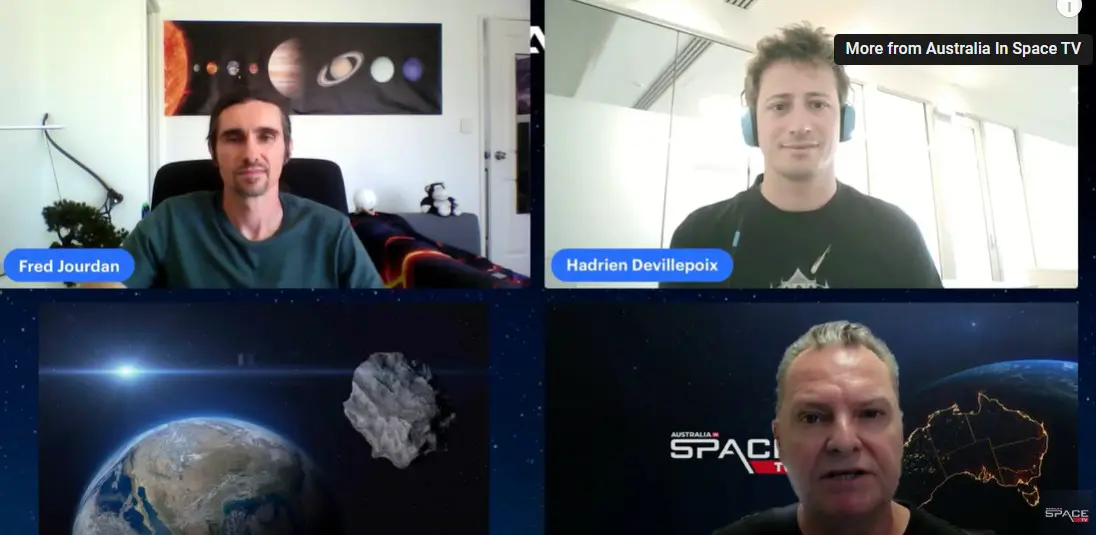
As scientists track an asteroid at risk of hitting Earth in seven years – the chances of it crashing into the planet have increased from around 1 per cent to just over 2 per cent.
Estimated to be 40 to 90 metres wide – the asteroid, named 2024 YR4, first caught the attention of NASA in December. While the odds of impact are still low, the threat is not so small that it can be ignored.
We speak with Curtin University’s Professor Fred Jourdan, School of Earth and Planetary Sciences and Dr Hadrien Devillepoix, Lead Scientist in the Desert Fireball Network.
According to Professor Fred Jourdan, “Actually, a 2.2 per cent chance is really non negligible, so we should definitely consider what options we have to remove any threat of impact with Earth. One of the first steps would be to send a space probe to evaluate the structure of the asteroid, as the type of structure has enormous consequences on what kind of approach we can use to prevent a collision with Earth. Gradually pushing the asteroid away by smashing probes into it like the NASA DART mission did is a good idea, but it would require many pushes and therefore a lot of time to change the trajectory of the asteroid. Destroying the asteroid is less appealing as the debris could end up raining all over the Earth, plus it is far less easy than it sounds. One possibility if the asteroid is of the rubble pile type, would be to detonate a powerful enough device close to the asteroid. The shockwave would push it away but would not destroy it as this type of cushiony asteroid is particularly resistant to shocks.”
Dr Hadrien Devillepoix is Lead Scientist in the Desert Fireball Network from Curtin University and says the most likely scenario is the impact will be ruled out.
“More observations of the asteroid will eventually refine the orbit enough to give us some clarity whether it will completely miss us in 2032 (most likely scenario) or potentially hit us. The problem is that small asteroids like this are bright enough only when they come close to the Earth and this one is moving away from us, fast. In two months’ time, even the biggest telescopes available to us will struggle to see it. So, we need more observations, but crucially we need more observations spaced in time to precisely predict the asteroid’s course. In the unlikely event that it is on a collision course to Earth in 2032, the asteroid will have an explosive energy comparable to the Tunguska impact in 1908. The atmospheric explosion caused by the asteroid in Tunguska caused local devastation, flattening a large forest, and also possibly killed people.”
Read more https://www.sbs.com.au/news/article/a…






